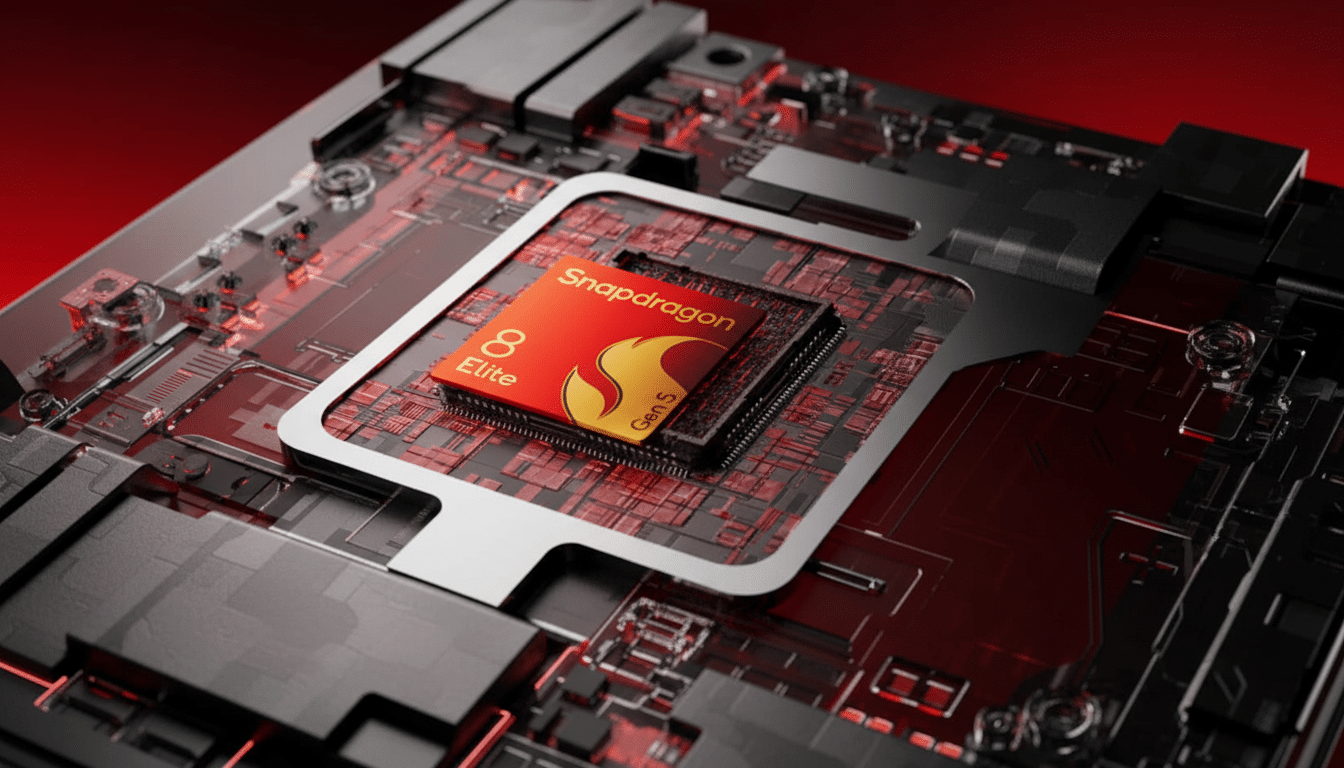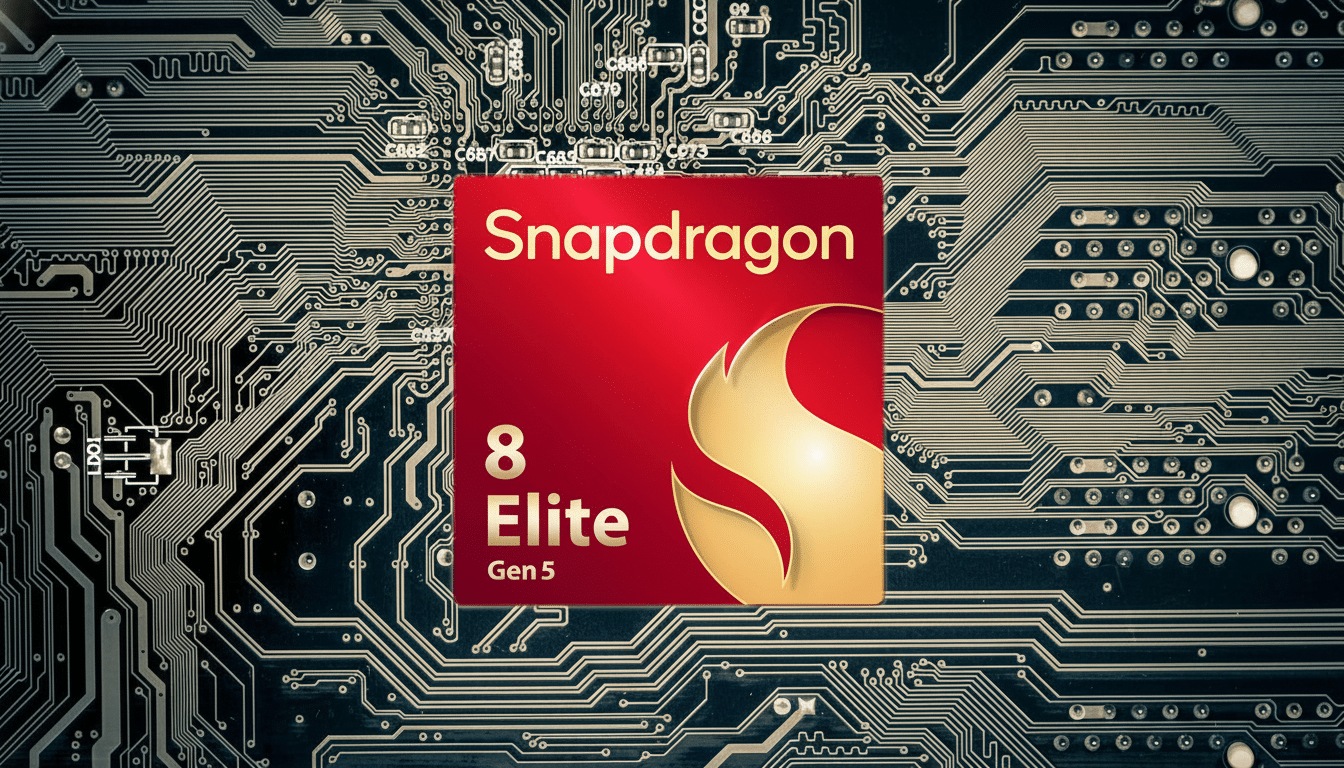Samsung may bring back its split-chip playbook for the Galaxy S26 lineup, with a pair of models thought to run on an in-house Exynos 2600 and higher-end devices continuing to use Qualcomm’s Snapdragon 8 Elite Gen 5 chips. If true, that would reopen wounds of the regional chipset divide many an Android fan remembers painfully.
What the latest Galaxy S26 chipset rumors suggest
Several industry rumors have suggested that the Galaxy S26 Pro and S26 Plus will run the Exynos 2600 in most markets, while the S26 Edge and S26 Ultra will run Snapdragon 8 Elite Gen 5. As in the United States and China, we’re likely to see the full range shipping with Snapdragon silicon.

These reports corroborate what we’ve heard from long-time Samsung watchers and reporting out of the supply chain in Korea, although Samsung has not confirmed model names or chip allocations. So it’s more of the same story: Snapdragon where carrier approval and mmWave antics are at their most challenging to tackle, Exynos in regions where Samsung’s homebrew silicon industry can compete on cost and accessibility.
Why Samsung might split Galaxy S26 chips again
Samsung has switched between all-Qualcomm and mixed strategies for years. One full Snapdragon generation makes it much easier to market and set performance expectations, while putting all of the risk in a single vendor and foundry. The use of a dual-source approach, then, not only mimics Apple’s strategy for its A-series chips but gives Samsung control price-wise (and also increases supply and regional tuning) — though it does invite debates among forum pundits over “which one is better,” etc.
It has not always been rosy for Exynos. Previous generations, particularly at the time of the Galaxy S22, received backlash for thermal throttling and GPU differences compared to equivalent Snapdragon chips. However, third-party testing from the likes of AnandTech and Notebookcheck on the Exynos 2400 suggested that the gap between generations has been narrowing in CPU performance and efficiency — so maybe the generational trend is heading in a better direction.
What Samsung’s Exynos 2600 promises for Galaxy S26
The Exynos 2600 is largely expected to be Samsung’s first 2nm mobile platform based on the company’s SF2 process. A node shrink will typically aim at double-digit efficiency improvements, and Korean business media sources have cited advanced packaging meant to dissipate heat better than previous Exynos generations.
Graphics should be Samsung’s Xclipse GPU, which it co-developed with AMD, built on RDNA architecture and hardware-supported ray tracing. That partnership began with the Exynos 2200 and has been growing ever since. If the 2600 lets stronger GPU drivers and a more efficient node help it maintain high-performance situations, that might be as big an improvement as benchmark spikes.
AI is the other pillar. On-device generative workloads are emerging as a key purchasing driver, say market analysts at Counterpoint Research. Look for a higher NPU budget and mixed precision to support AI-driven features such as offline picture enlargement, voice translation, and photo enhancements without round-tripping through the cloud. Samsung’s camera-level pipeline may get a good head start too, thanks to its recent ISP stack — faster multi-star HDR and low-light noise reduction should be on the menu.

Why Snapdragon 8 Elite Gen 5 may stay on top
The upcoming Qualcomm flagship will look to build on the performance improvements it has had in its latest devices with a big CPU overhaul, state-of-the-art AI acceleration and an accompanying brand-new X75-tier modem.
The continuing GPU performance of Snapdragon has been acknowledged by independent labs, as well as mature thermals in gaming and 4K video recording. There are also whispers from the semiconductor crowd that Qualcomm may not stay committed to a single process node or partner in the long term, with some even pointing toward a special version of Snapdragon created on Samsung’s advanced nodes for future devices. That would certainly throw a curveball into the foundry dynamics linked to upcoming S-series phones and foldables.
Regional differences and key buyer takeaways
If the split is as rumored, the S26 Pro and Plus would use Exynos in Europe and possibly parts of Asia. North America might get Snapdragon in all launches again. Traditionally, U.S. network band support and mmWave requirements have played into the hands of Snapdragon, and it seems likely that will remain true.
The pragmatic questions for shoppers are battery longevity, camera confidence, gaming stability and long-term thermals. Recent advances in Exynos lead to fewer compromises than in past cycles, but the track record backed by Qualcomm sets a high bar. Of course, independent testing by GSMArena and DXOMARK will be required once retail units become available.
The broader picture is that Samsung is hungry for options. A believable 2nm Exynos allows Samsung to dictate margin and availability, with Snapdragon reserved for halo models where only the best will do. And if both paths provide real-world parity, the chipset controversy could finally subside — meaning design, cameras and AI capabilities will decide the winner.
Until Samsung makes an announcement, consider the model names and chip splits informed speculation. The message from supply chain reporting is undeniable: the Galaxy S26 family is lining up to release with a big return of the two-chip strategy.

